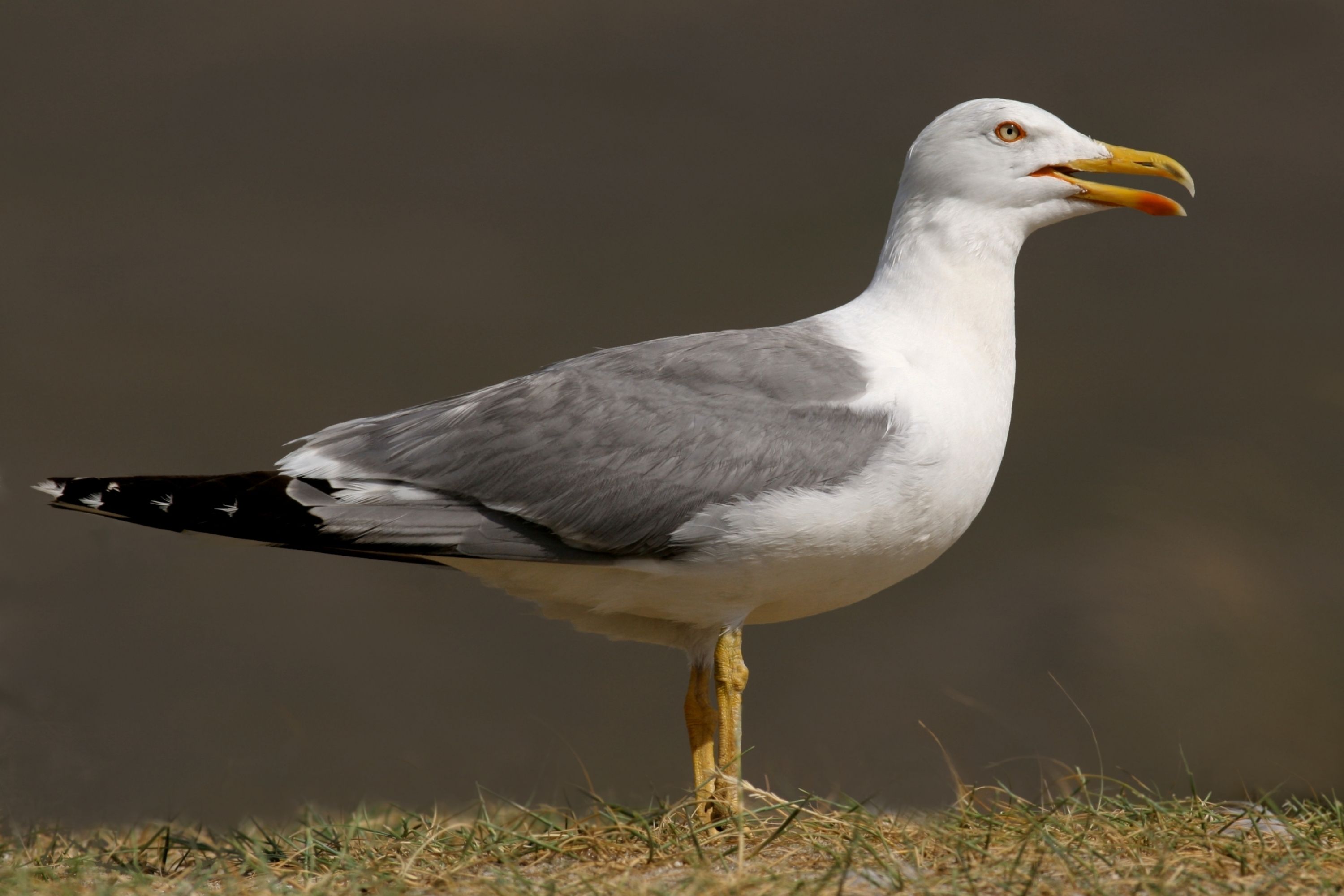European herring gull
(Larus argentatus)

Description
Larus argentatus, commonly known as the Herring Gull, is a large and adaptable bird species that belongs to the family Laridae, which comprises gulls and terns. They are found across the northern hemisphere and are commonly seen in coastal regions. In this article, we will provide a detailed overview of the Herring Gull, including its taxonomy, morphology, behavior, diet, and conservation status. Taxonomy The Herring Gull was first described by the Swedish naturalist Carl Linnaeus in 1758. It belongs to the genus Larus, which comprises around 47 gull species. The Herring Gull is a member of the argentatus group, which includes several other closely related gull species such as the American Herring Gull (Larus smithsonianus) and the European Lesser Black-backed Gull (Larus fuscus). Morphology The Herring Gull is a large bird, measuring around 56-66 cm in length and with a wingspan of 1.4-1.6 meters. They are sexually dimorphic, with males typically larger than females. Adult Herring Gulls have a white head, neck, and underparts, with gray wings and back. Their eyes are yellow, and they have a distinctive red spot on their lower mandible, which fades during the winter months. Juvenile Herring Gulls have mottled brown feathers, which gradually change to adult plumage over several years. Behavior The Herring Gull is a highly adaptable and intelligent bird species. They are known to be opportunistic feeders, with a diverse diet that includes fish, invertebrates, small mammals, and even garbage. They are also known to scavenge food from other birds and steal food from other animals. Herring Gulls are social birds, often congregating in large flocks, particularly during the breeding season. They are also known for their loud and distinctive calls, which can often be heard in coastal regions. Diet The Herring Gull has a diverse diet, which varies depending on their location and the season. They are primarily fish eaters, and their diet often consists of herring, mackerel, and other small fish species. They are also known to feed on invertebrates such as crabs, mollusks, and insects. During the breeding season, Herring Gulls may also feed on small mammals such as rabbits and rodents. They are opportunistic feeders and have been known to scavenge food from other birds and animals, as well as consume human food waste. Breeding The breeding season for Herring Gulls typically begins in late April or early May. They are monogamous birds and will typically form long-term pair bonds. During the breeding season, Herring Gulls will build nests on the ground, on rocky cliffs, or on rooftops. They typically lay two to three eggs, which are incubated for around 25-28 days. Both parents share incubation duties and will take turns feeding and caring for the chicks once they hatch. The chicks fledge at around six weeks of age and will continue to be fed by their parents for several weeks after fledging. Conservation Status The conservation status of the Herring Gull is currently assessed as "Least Concern" by the International Union for Conservation of Nature (IUCN). This indicates that the species is not considered to be facing a significant risk of extinction in the near future. However, local populations may face threats such as habitat loss, overfishing, and persecution by humans, which could lead to declines in their numbers in certain regions. Therefore, ongoing monitoring and conservation efforts are necessary to ensure the long-term survival of this adaptable and important species.
Taxonomic tree:







